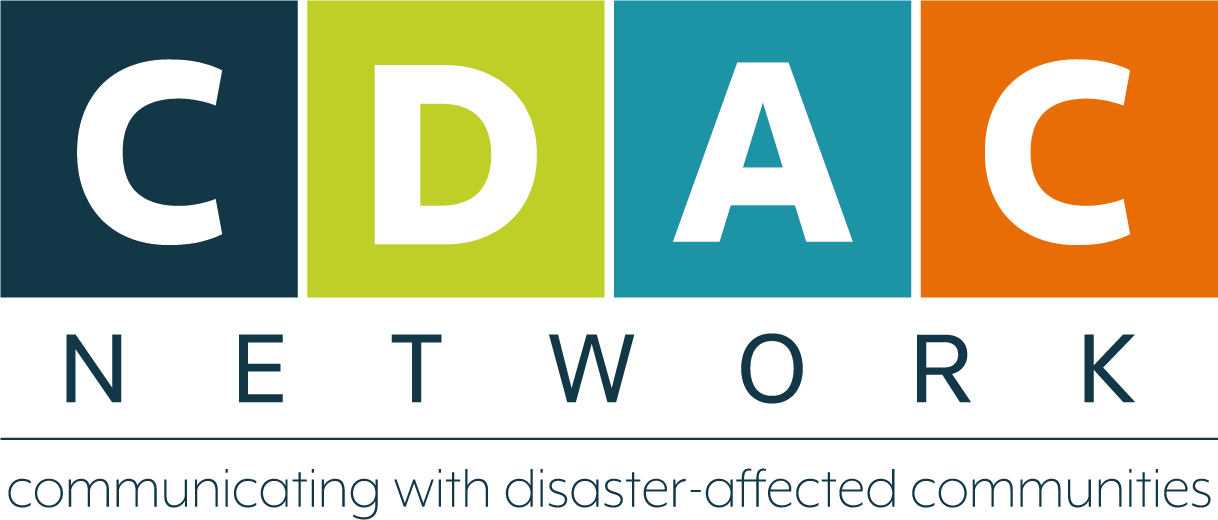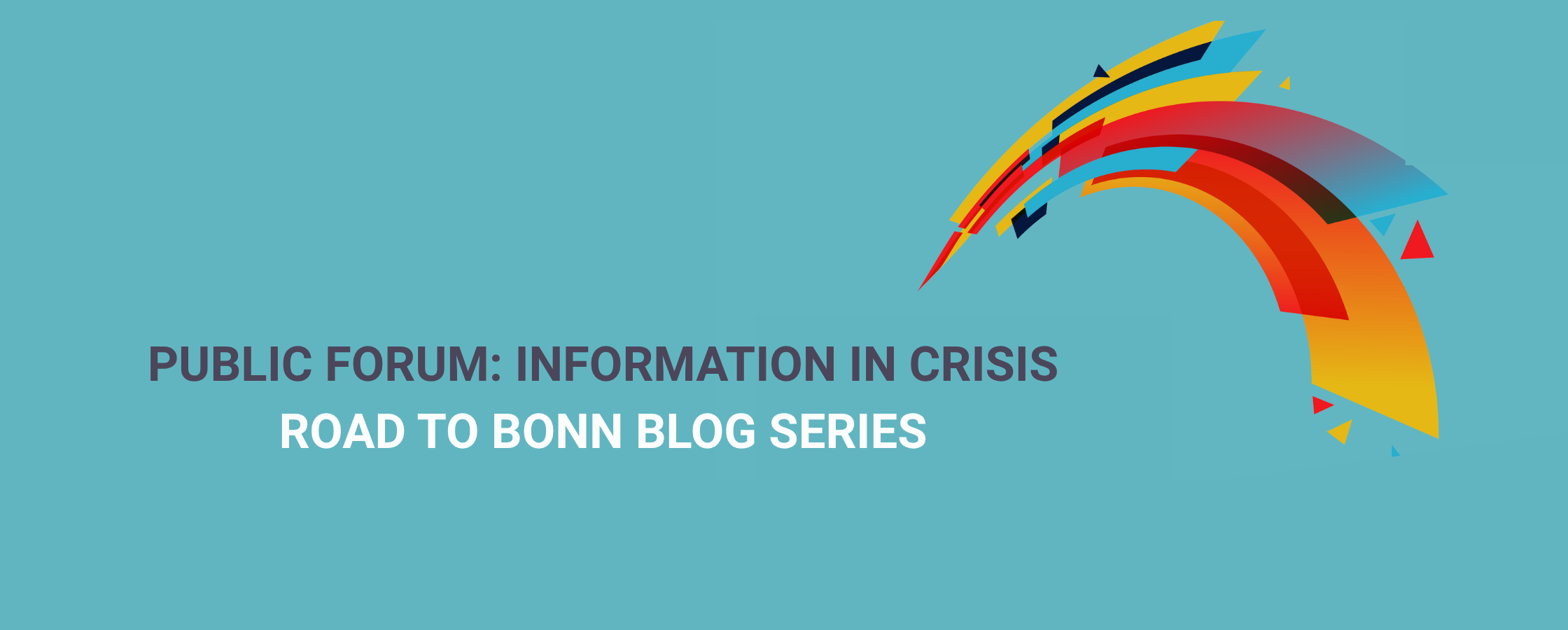The common threat, the common good: why journalists and humanitarians need to work more together
This blog is part of our ‘Road to Bonn’ blog series - conversation starters ahead of the Public Forum in Bonn, Germany, on 10 December 2025, held in partnership with DW Akademie and Fondation Hirondelle. To dive into this topic more, read the Public Forum Framing Paper.
Blog written by Stijn Aelbers, Project Coordinator, CDAC Network
Both humanitarians and journalists are facing their most challenging year in recent memory. Countries with long traditions of press freedom are labelling journalists as enemies of the state, and especially public media seems to be under attack. Civic space is shrinking globally. In the humanitarian sector, we have seen massive funding cuts, and in Gaza, Sudan and other crisis contexts, the number of humanitarians killed on the job has never been higher, with the UN declaring that “a red line is crossed without impunity”.
Yet in this moment of crisis, there's an essential insight: media and humanitarians both provide a vital common good for the communities they work in, and they can benefit from each other’s presence.
Humanitarians do more than deliver life-saving assistance. They carry expertise communities need to navigate crises and, at best, combine a principled approach with a pragmatic can-do attitude, while remaining committed to accountability and participation. But they often work within closed systems, driven by risk avoidance and internal processes that can lead to slow reactions to situations that require a fast response.
Journalists focus on truth and hold power to account. They are well-positioned to build real relationships with communities, creating demand-driven content, and providing ‘news you can use’ that helps communities understand what's happening and what it means for them. But they, too, operate in a competitive environment where the pressure to break news first can sometimes outpace accuracy and care.
Differences can create friction—but aren’t insurmountable.
Humanitarians, at times, prioritise avoiding harm and managing risk; journalists, prioritise speed and truth-telling. Humanitarians fear reputational damage; journalists push for scrutiny that institutions find uncomfortable. Humanitarians operate hierarchically; journalists work in competitive environments with commercial pressure.
But here's what matters: these tensions aren't impossible to overcome and can even be useful. CDAC members and others have been bridging this gap for 15 years. In fact, in a time of crisis, the eagerness to contribute to a recovery can overrule many of these competing temptations and challenges.
Why does this matter now?
In a shrinking civic space with eroding trust and dwindling funding, both sectors need to make a fundamental shift. Instead of trying to do everything by themselves, as an organisation or sector — such as the one-to-many broadcast model or the humanitarian cluster system — both need to become mediators for communities affected by crisis. Humanitarians and journalists can help communities navigate their environment with reliable, accessible information and transparent decision-making. They can enable a plurality of actors and voices to participate, rather than trying to control the narrative.
The path forward
People are facing more crises every year, and governments seem to be acting with increased impunity, reducing the space for humanitarians and the media to operate.
At a time like this, it is important to acknowledge the importance of pluralism and editorial freedom, as well as principled approaches that put people’s rights and dignity front and centre. These are not in opposition but rather strengthen each other.
Focusing on how we can do this together, rather than if we can, can foster a constructive way forward, ultimately leading to better-informed, stronger, and healthier communities.
As a humanitarian with years of experience working at the intersection of humanitarianism and journalism, I think it starts with a mindset shift: Humanitarians need to have the stomach to let go of control and allow journalists to produce content with full freedom - even when our idea of quality might suffer a bit. But if accuracy is a concern, disengaging won't improve it. Instead, we should provide more information, be available for interviews and allow journalists to spend more time in and around our programming.
I look forward to hearing what others think and working out the ‘how’ together at the Public Forum in Bonn!
This blog is part of our ‘Road to Bonn’ blog series - conversation starters ahead of the Public Forum in Bonn, Germany, on 10 December 2025, held in partnership with DW Akademie and Fondation Hirondelle. The in-person tickets have now sold out, but you can still join some of the panel discussions online. Watch this space for more blogs from our team sharing their thoughts ahead of time, and read the Framing Paper.

